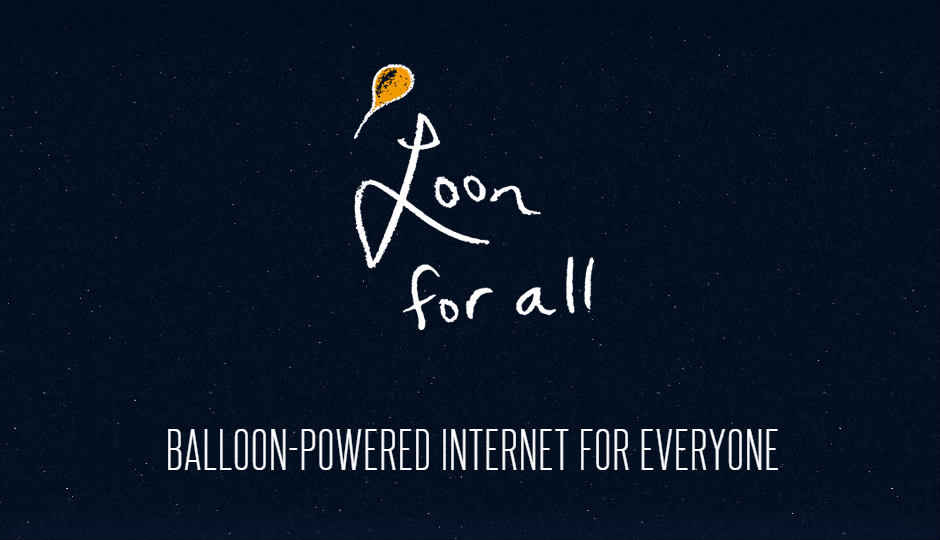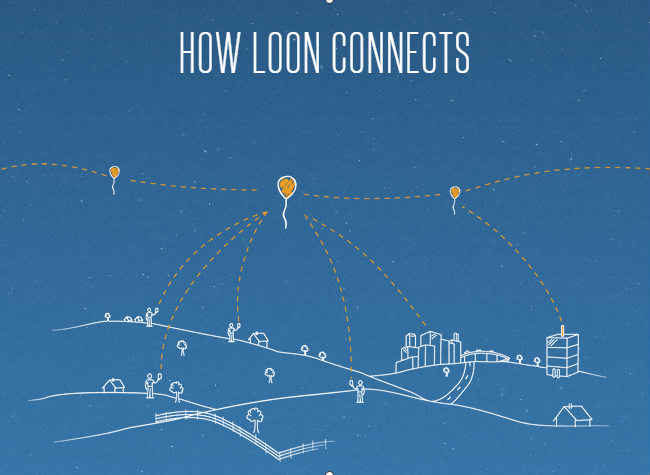Balloons will power the Internet of the future

Google’s Project Loon has launched in New Zealand and may come to India by next year. We give you quick glance of how the technology works.
Google has been known to undertake interesting projects under its Google X division. Project Loon is one such project. Project Loon aims to provide internet access across the globe using balloons. The project which started almost two years ago is scaling up to provide viable Internet access in New Zealand.
Google’s Project Loon relies on large balloons that float around in the stratosphere, constantly beaming 4G LTE signal to the earth below. It works via mesh networking where one end of this mesh network is connected to a 4G LTE network provided by a regional telecom partner. This is then passed on to the next balloon in the mesh network. Each balloon works as a telecom tower and since the balloons are travelling in the stratosphere (10-13 KM above earth surface), they cover a larger area compared to a traditional telecom network.
Solar panels are fitted to power all the electronics aboard the balloon, which charges an on-board battery for night-time use as well. Google earlier experimented with Wi-Fi networks to provide accessible Internet but abandoned that plan as that would have required a ground based antennas.
In the latest video released by Project Loon, Mike Cassidy, Project Lead of the Project Loon project explains how in a short span of two years the project has evolved to be used by the end consumer. The video also gives a glimpse into how they have increased the in-air time of the balloons as well as how they have managed to steer the balloons.
Google has plans to expand the project worldwide by 2016 and India is very much on the list. Earlier at a press conference in February, Mohammad Gawdat, Vice-President of business of business innovation at Google X said, “Over 4.5 billion people today do not have Internet connectivity, and that is a problem not solved by incremental technology that ideally requires as many as 200,000 telecom towers in India alone.”
Google, however isn't the only company in pursuit to provide internet to the world. Companies like Microsoft and Facebook are also looking into different ways and technologies to do the same. Microsoft is looking into ‘White Space Tech’ while Facebook is favouring drones to do the task.
Hardik Singh
Light at the top, this odd looking creature lives under the heavy medication of video games. View Full Profile





